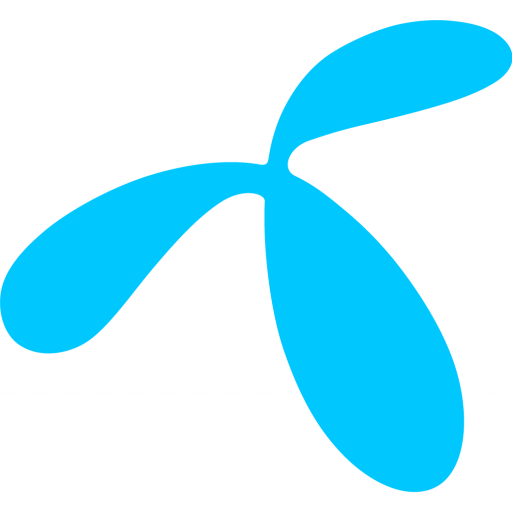May 28, 2021
Global demand for clean energy is rising for many reasons, including more stringent government regulation, the phasing out of fossil fuels and the ongoing electrification of transportation.
Nowadays energy consumption is not only rising it is becoming harder to predict. In the past, electricity peak demand typically occurred at specific and relatively predictable times during the day. For households, those peak hours were usually in the morning and in the evening before people went to or returned from work. But habits are changing, as this article explains.
Regardless when it happens, driven by households or industry, peak demand requires sustained levels of significantly higher than average power supply thereby straining the electricity grid. There are other factors causing these changes, too.
For over a decade there has been steady move to electrify public transportation. More recently private transportation has been going electric too, and although the volumes aren’t the same, the trajectory is increasing, meaning the strain on the grid is rising, too.
Today, stringent government regulations discourage or ban the use of fossil fuels in favour of cleaner energy sources. Renewable energy resources are growing in popularity but can be hampered by unreliable weather etc. In addition, people nowadays are also more aware about the environment and want to lessen their impact on it.
When these trends are examined collectively, it is clear why energy supply is challenging for utilities companies.
Smart grids: intelligent management of power and demand
To manage demand and production changes, utilities companies are increasingly turning to smart grids as a dynamic and sustainable solution that can handle today’s changing consumption needs whilst balancing smoother operation, regardless of weather or location.
Across various markets, including Europe, smart metering is already relatively mature and currently rolled out. A smart grid consists of connected sensors which collect and transmit data.
We’ve been providing utilities companies with smart grid connectivity using wireless technologies for more than a decade. Find more information about our IoT solutions for utilities. In a recent strategic project that got underway during Q4 2020, a leading Scandinavian energy supplier has selected Ningo Sanxing Smart Electric and Telenor Connexion to connect around 1 million smart meters. Read more in our customer case Ningbo Sanxing Smart Electric: Connecting around 1 million smart meters in the Nordics.
Smart Grid IoT Balances Supply with Demand
The role of megabytes and megawatts
One of the main benefits of a smart grid is that it offers an efficient way for utilities companies to generate detailed insights about energy consumption habits. Knowing how and when users require energy enables utilities companies to more accurately anticipate and plan for changing demands. In addition, smart meters make personal energy consumption easier to monitor and regulate which is kinder to the planet, our wallets and better for strained power grids.
In the Nordics, data is enabling electricity providers to align generation with demand, thereby eliminating the unnecessary firing up of fossil power stations and the associated negative environmental impact.
With 5G being rolled out here and across the Nordics we foresee it becoming the backbone for sophisticated smart grids of the future. The electricity grid requires low latency and high bandwidth so that data can be communicated rapidly. At the same time, the grid will be fed information from smart meters, sensors and monitoring devices.
LTE-M and NB-IoT is a perfect fit for these lower power connectivity technologies.
The future for smart grids
We have the technology and the connectivity. And we know changing behaviour means energy demands are changing. Widespread implementation of smart grids could contribute to a greener, more stable electricity grid that’s better for everyone, including the environment. Read on for more insights on IoT for utilities.

